#historial sciart
Explore tagged Tumblr posts
Text
For a belated #WorldAlbatrossDay:



1. Pl.6, Oceanic birds of South America, V.1, New York, 1936
2. Pl.40, Wild life of the world, London, 1916
3. Pl.XXVI, Le monde de la mer, Paris, 1866
Via BHL
#animals in art#animal holiday#european art#20th century art#birds in art#19th century art#bird#birds#American art#French art#British art#historial sciart#sciart#scientific illustration#natural history art#seabirds#albatross#albatrosses#book plate#lithograph#World Albatross Day#ocean life#marine biology#ornithology
203 notes
·
View notes
Text



Forgot to post the yesterday!
As a the end of the year draws near I remembered that #MonkeyCruise didn't have that many entries this so far! So we made a whole stream around it.
Paranthropus, Rooneyia and Anadoluvius
#paleoart#sciart#paleostream#palaeoblr#monkeycruise#primate#fossilprimtes#classic art#fine art#art history
735 notes
·
View notes
Text

A gang of Tazoudasaurus naimi on parade in Morocco during the Early Jurassic 🦕🦕🦕🦕
#dinosaur#illustration#paleoart#paleontology#paleoillustration#paleoblr#palaeoblr#art#palaeontology#dinosaur art#dinosaurs#sciart#dinosauria#sauropodiformes#sauropodomorph#sauropod#saurischian#jurassic world#jurassic period#prehistoric#prehistoric planet#morocco#paleoartist#palaeoart#earth history#natural history
280 notes
·
View notes
Text

Here's the next design in my new set! Definitely a member of this one.
#illustration#paleoart#paleontology#natural history#science#dinosaurs#sciart#dinosaur art#vector illustration#dinosaur#hadrosaur#parasaurolophus
644 notes
·
View notes
Text

Cuttlefish, Squid, and Octopuses
Figure 1 (Top Left): European Squid or Common Squid (Loligo vulgaris).
Figure 2 (Center): Unicorn Octopus (Scaeurgus unicirrhus).
Figure 3 (Bottom Left): Common Cuttlefish (Sepia officinalis).
Figure 4 (Right): Musky Octopus (Eledone moschata).
SciArt by Comingio Merculiano for Giuseppe Jatta, I Cefalopodi viventi nel Golfo di Napoli (1896).
View more stunning illustrations from this work in Biodiversity Heritage Library's Flickr album. This work was digitizing and contributed to BHL's digital natural history library by Smithsonian Libraries and Archives.
#cuttlefish#squid#octopus#cephalopod#natural history#biodiversity heritage library#smithsonian libraries#HistSciArt#SciArt#oceancore
106 notes
·
View notes
Photo

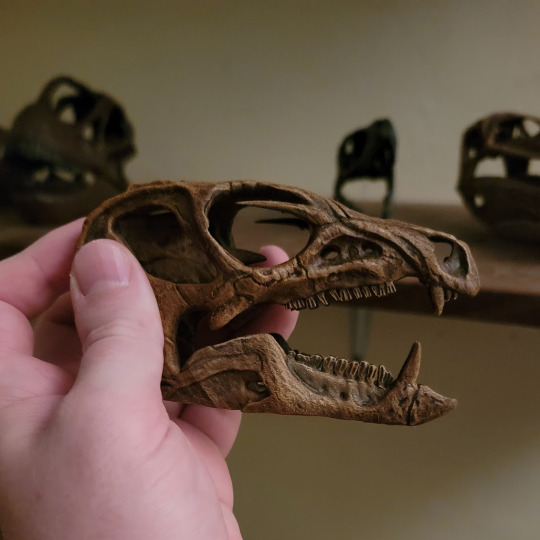
Work in progress sketch for Heterodontosaurus tucki, an Ornithischian dinosaur that lived from the early Jurassic to the early Cretaceous (200 to 140 million years ago). They were small animals, with H. tucki being one of the largest members of its family at a theoretical length of only 5 feet 9 inches and weighing in at a portable 22 pounds. Their name translates as "different toothed lizard," a reference to their uniquely varied types of teeth. While most dinosaurs only had one type of teeth for eating plants or meat, Heterodontosaurids had 3 different types; including small incisor-like ones in the front, behind a small beak, cutting cheek teeth, and vicious fang-like incisors. Despite packing 2 sets of saber-teeth it is likely that H. tucki was an herbivore or perhaps an omnivore. The incisors on the upper jaw were serrated on the back and the ones on the lower jaw were serrated on the front, allowing them to work together at whatever it was attempting to eat. A relative of H. tucki, Tianyulong was discovered with hundreds of bristle like filaments along it's body, there is a good chance that other Heterodontosaurids also possessed this spiky coiffed integument. ----------------------------------------------------- As part of my reference for this piece I used this amazing 1:1 skull reconstruction from scaledbeast.com It's a great place to get realistic reconstructed skulls for all sorts of prehistoric creatures; great for art reference and great for collecting!
#workinprogress#wip#heterodontosaurus#dinosaur#dinosaurart#dino#dinoart#paleo#paleoart#paleontology#sciart#science#natural history#digitalart#digitalillustration#illustration#illustrationart#art#artist#humanartist#prehistoric#sketch#drawing#jurassic#artistsontumblr
261 notes
·
View notes
Text

Doing lots of sketches and studies! This one refrenced from a photo by user socal_angling on iNaturalist
The rest are on Patreon, free for all members paid or free. Preparing for the next rockfish piece.
#I'm a better draftsman than a painter and now everyone will know#studies#sketches#fish#marine life#patreon post#california#wildlife#drawing#look what I can do with only a pen ai bros rofl#sciart#natural history
39 notes
·
View notes
Text

BIG PROJECT TIME
Welcome to Euramerica, a spec bio project set in the late early permian, right before Olson’s extinction. Euramerica is what happens when the titular continent never collides with gondwana during the late carboniferous, never forming pangea or atleast delaying it.
Rules:
By the way, not all submissions will get in, so dont get mad if yours dont get in. Dont worry, they can be canonized later, as like bones or a corpse during the extinction and maybe lead to more clades idk.
Please use the clades on the list, if theres anything you feel should be added, lemme know.
Entries should be submitted on Discord in the event-submissions channel (duh), or on tumblr, just make sure to tag it #Euramerica or you could just @ me in the post (@he-who-needs-to-be-silenced)
A human has to make the art (no ai you will be skinned), this can be a paper drawing, a clay sculpt, play doh, digital drawing, 3d models anything. You can even make it out of carrots.
I will be making 3 separate murals for the little northern island, name of Stephania
When submitting, these thing should be either on the image or the text you send:
Species name (scientific or common)(preferably scientific tbh but both is fine)
Clade
Habitat
Size
Ecology
Any little tidbits or behaviours youd like to headcanon
Here’s the discord if you wanna help me not search the internet: https://discord.gg/mFxVZ2Ut
Edit: I realize now that i should probably but the google drive folder for those not on discord
https://drive.google.com/drive/folders/1B391zNM2wCw-LebF09bza9dr_bvaUOJa?usp=drive_link
Edit again: prob should put th deadline
You have until October 1st 2024 **6am (or till i wake up) Eastern Daylight Saving Time**
#paleoart#speculative biology#speculative evolution#spec evo#lmao#art#paleontology#permian#euramerica#here’s the tag#project#speculative worldbuilding#alternate history#alternate evolution#basically#lemuria#but Permian#tetraceratops#pelycosaur#dimetrodon#sciart#discord server#art challenge#join pls
27 notes
·
View notes
Text

Species Name- Simosuchus Maxisimus
Creator- Titan
Clade- Notosuchia
Diet- Omnivore- insects and vegatation
Habitat- Savannah/Hot steppe and wetland
Height-2.5- 3.5 meters (but can get bigger on rare cases)
Length- 2.7
Ecology- Meduim Hardy Grazzers
Additional Info- This omnivorous nototsuchian has grew in size to the bountful resources it is able to dig and rummage , they also travel in small parties of 5 to 10, some getting much larger during the mating season where larger bulls will have bellowing show downs in small rivers and ponds.Simosuchus Maximus will also create large burrow (more like shallow holes) and rest in side.
They are hunted my larger carnivores and other carnivorous crocodyliformes, but they are quite sturdy account to the armor.
They will also rip apart termite or ant nest if found.
#paleoart#sciart#paleostream#serverchallenge#lemuria#lemuriachallenge#alternate history#speculative biology#notosuchia#Simosuchus
8 notes
·
View notes
Text
I actually wrote my university dissertation on the use of art to communicate and disseminate science to wider audiences. At the time, not many people had any interest in it, aside a few studies and projects that had been happening over a period of about 40 years, and so it's really great to see it happening here.
#science#science communication#scicomm#stem#science education#science blog#biology#environmental science#physics#Art#natural history#nature#Sciart
0 notes
Text
Article: The Invention of Time
The Invention of Time
0 notes
Text
Happy #WorldOkapiDay!


Here is the first published image of an Okapi from a 1901 watercolor by ZSL fellow Sir Harry Johnston. Quite good #SciArt considering he hadn't yet seen a live one and only had a skin, skull, and verbal descriptions to work with! It was given the scientific name Okapia johnstoni in his honor. ("Okapi" was derived from its Indigenous name "o'api" from the local Lese tribe.)
See the plate in context with the original text here: https://www.biodiversitylibrary.org/page/31888385#page/52/
🚨The Okapi is currently listed as Endangered on the IUCN Red List.
#animals in art#animal holiday#european art#20th century art#Okapi#World Okapi Day#natural history art#scientific illustration#sciart#zoology#African animals#BHL#IUCN Red List#endangered species#British art#ZSL
359 notes
·
View notes
Text
Forgot to post these yesterday here! Our first two constructed ecosystems are coming together for the #LemuriaChallenge. We started yesterday with the coral reefs...
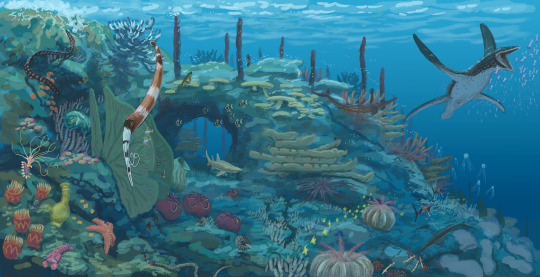
And continued today with the rudist reefs...
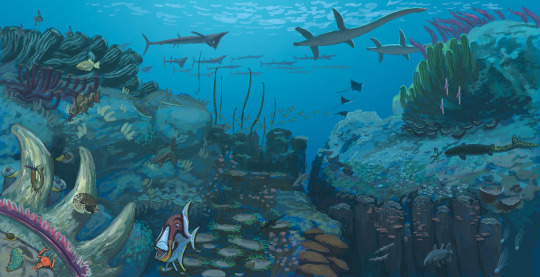
Afterwards we laid the foundation for the carbonate platform reef which will be finished today. Also on the menu later tonight: coasts!
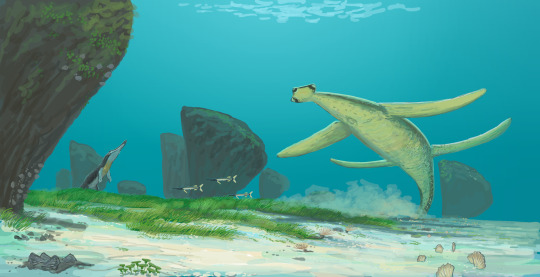
We have over 950 entries with several thousand species to choose from, so this will be a lot of work
We continue with these around 9 PM CET
twitch_live
#paleoart#sciart#paleostream#palaeoblr#specevo#speculative biology#alternate history#lemuria#lemuria challenge
436 notes
·
View notes
Video
tumblr
Ice has been used to build hotels, instruments, & art… but ships? That was the goal of a secret WWII project called Operation Habbakuk, envisioning a fleet of aircraft carriers made from Pykrete, a mix of ice & wood pulp. 🎧 Listen to Third Pod from the Sun here 👉
https://blogs.agu.org/thirdpodfromthesun/2023/02/10/your-favorites-the-ice-ships-of-project-habbakuk/
0 notes
Text
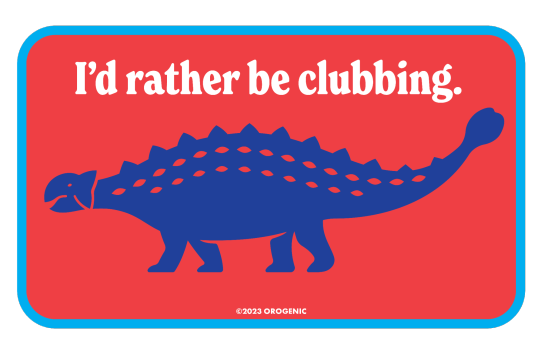
Here's another new dinosaur sticker! You know ankylosaurus was a party animal.
#paleoart#paleontology#natural history#science#dinosaurs#dinosaur art#dinosaur#sciart#vector illustration#typography#illustration
686 notes
·
View notes
Text
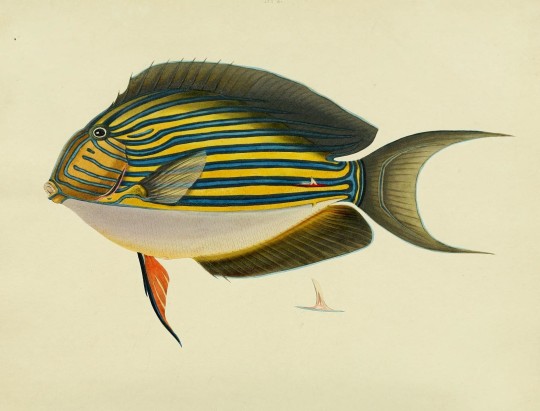
Lined Surgeonfish
Acanthurus lineatus. SciArt by John Whitchurch Bennett for his Fishes of Ceylon, 2nd Ed. (1834).
View more in the Biodiversity Heritage Library with thanks to the Smithsonian Libraries and Archives for digitizing.
#histsciart#sciart#biodiversity heritage library#smithsonian libraries#natural history#fish#Ichthyology#Sri Lanka#Surgeonfish
78 notes
·
View notes